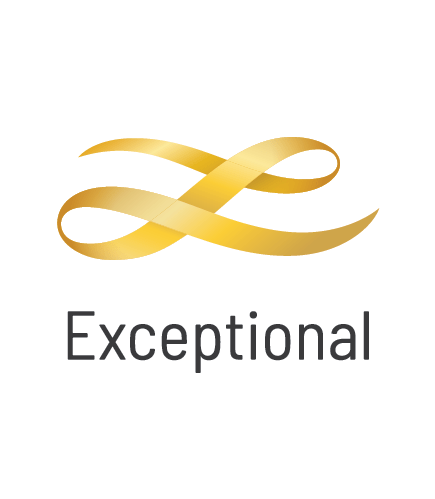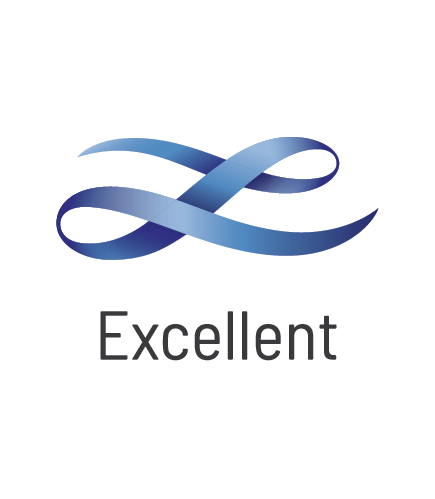Mount Mary Quintet
Australia's premier cool climate Cabernet. It was John Middleton's dream to create such a wine and purchased the Mount Mary property in the Yarra Valley in 1971 to persue this dream. Quintet is his dream realised and is a blend of the classic Bordeaux varieties of Cabernet Sauvignon, Merlot, Cabernet Franc, Petit Verdot and Malbec.
Château Léoville-Poyferré Saint-Julien
The times ahead for Château Léoville-Poyferré are very exciting indeed. After many years of changing ownership, the fortunes of the vineyard have also ebbed and flowed. With the younger generation of the Cuvelier's now at the helm, the results speak for themselves. No more so than the quite exuberant 2009 Léoville-Poyferré which has seen the estate produce what is possibly the greatest wine to have been produced there. Close to perfection in so many ways, the layer upon layer of complex flavours is something to behold. Blackcurrant, graphite, espresso, mocha, menthol, blueberry to name but a few. A modern Bordeaux classic in the makings.
Château Cos d'Estournel
Lake's Folly Cabernets
Australia's first boutique winery, Lake's Folly Cabernets is an Australian wine treasure. More Bordeaux in nature than most, the Cabernets is a wine of pristine purity and elegance. With a sense of place that can be tasted in every bottle across all vintages, Lake's Folly Cabernets is a must have for all serious wine collectors and lovers. The 2010 is a young, robust version that will require some time in the cellar to really show its complex characteristics and refined palate.
Isole e Olena Cepparello Red
Jasper Hill Emily's Paddock Shiraz Cabernet Franc
Jasper Hills Emilys Paddock is mostly shiraz - with a defining splash of cabernet franc. A lot has been made over the years of the terroir difference between Jasper Hill Emilys and Georgias, but its the cabernet franc that really differentiates them. Wonderfully fragrant and lifted on the nose, Emily's Paddock is not only wonderful upon release, the wine will age gracefully over many years in the good cellar.

































